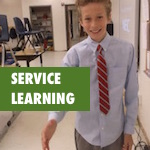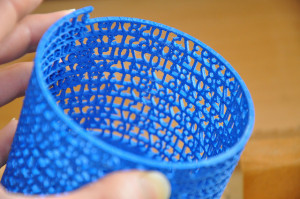The fifteen year old boy slowly hobbled from the parking lot to the school’s main office, stopping to adjust his crutches. He was welcomed by the school’s Flexible Pathway Coordinator, Ian Dinzeo for their 10 o’clock appointment. They both sat down, masked, at opposite ends of a table in the school cafeteria – which offered more room to spread apart than the coordinator’s small office. Mr. Dinzeo listened as the young man described the challenges of navigating a traditional school schedule, physical therapy, and family concerns about COVID.
With an expanding Flexible Pathways Program Flexible Pathways program in place, Mr. Dinzeo was able to offer this student options that kept him in the game of school during an especially challenging time. The 18 different pathways now available at North Country Union High School students didn’t just happen overnight.
The program grew strategically from the right combination of leadership, passion, and increased need for more flexible options for students.
Similar to many other schools in the state, North Country Union High School started to research different approaches to Flexible Pathways in response to Act 77 in 2013. For several years, Flexible Pathways opportunities in the school were coordinated by a guidance counselor and a half time Work Based Learning Coordinator. After the school hired Ian Dinzeo as its full time Coordinator, the Flexible Pathways Program blossomed serving over 1000 instances a year of students taking advantage of more flexible learning opportunities.
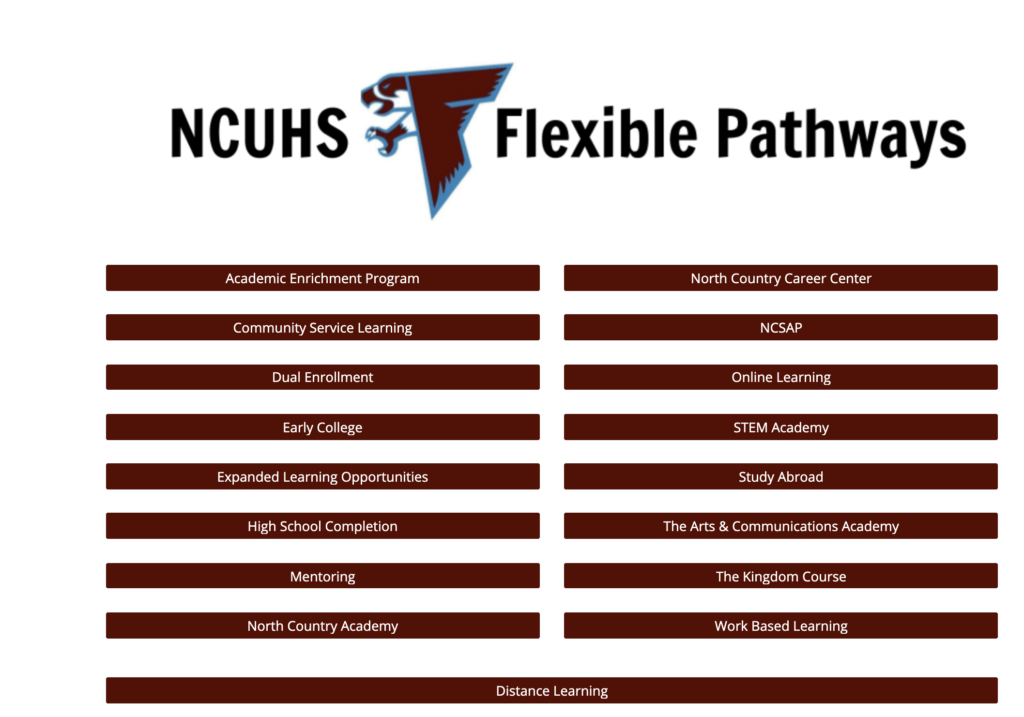
As North Country educators immersed themselves into the developing proficiency based graduation requirement, Chris Young, principal, saw the growth of “a widely held belief in our school that we need to provide as many ways as possible for students to meet graduation proficiencies. This set the Flexible Pathways up to be the main vehicle that we use to get to more transferable skills level proficiencies rather than just content level proficiencies.”
Listening to Principal Young, it’s obvious that he has an innovator’s mindset with a bias towards action. He describes himself as a leader that is “comfortable living with some ambiguity and not putting up artificial barriers to implementing some of these program.” He is committed to providing the Flexible Pathways program the freedom and support to continue to build opportunities so that students have access to a lot of different ways to get where they want to go”.
It is obvious that passion of the school leaders, the staff, and students are key contributors to the growth of the Flexible Pathways program. “Our flexible pathways program would not be successful without the contributions of the majority of teachers and staff within the building,” says Dinzeo. “The more the faculty and staff believe these pathways are to educational benefit to our students the better. During my first year we were still targeting a small number of Teacher of Records for our independent studies, that pool has grown over time as more of the staff started to buy in.”
“With staff buy in comes student buy in. I strongly believe we have the buy in from the majority of our staff that this is a viable educational option for our students without the loss of academic rigor. If a certain pathway lacks the rigor or something else the staff is not shy about providing feedback. This leads to the overall improvement of said pathway and the betterment of the pathways program as a whole.”
Ian’s passion for meeting student individual learning needs as well as his leadership skills stand out. His previous experience as the school’s athletic director serve him well in this role. He understands that to grow and sustain a program, you need a strong base of participants, visible wins, and community support. He’s no stranger to motivating students and teams; he applies the same strategies he used on the athletic fields to academics.
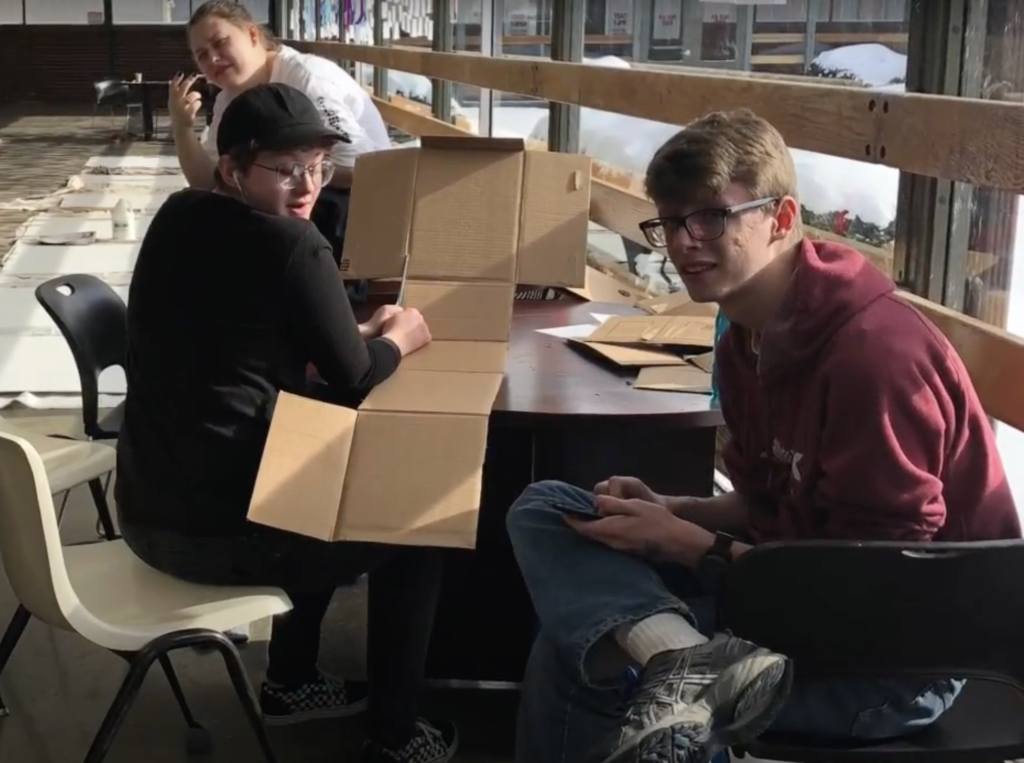
His active listening skills help him identify students’ personal interests, which he uses to motivate students to set achievable goals and create a plan to meet those goals. Instead of recruiting coaches, he now recruits teachers and community members to support students in reaching individualized goals through a wealth of flexible options ranging from more structured non-traditional programs to a student’s individual pursuit of their passion or interest.
More structured options like North Country Arts and Communication Academy, The STEM Academy, The Kingdom Course, or even the local Career and Technical Education program bring together students with similar interests. Some options (community service and mentoring programs) have been put on hold due to COVID. The school also offers students an opportunity to select either “structured” or ‘student designed” independent study options.
Principal Young, also acknowledges that a key area he can provide support in is to build systems where educators’s commitment to flexible pathways are sustainable. Ideas for growing a pool of ‘teachers of records” for student independent projects range from providing stipends for teachers to tapping into school leaders to supervise independent studies.
COVID and the school response to the pandemic created an even greater need for flexible options for students. With several families choosing remote only options for their student, North Country High School’s Flexible Pathway option was in high demand. The program quickly added distance learning pathway offerings from Vermont Virtual Learning Cooperative and Edmentum. Fifty eight students are currently engaged in the distant learning pathway.
North Country predicts that COVID will also increase the demand for credit recovery options. High school principal, Chris Young is putting together a team to create multiple credit recovery pathways to meet the upcoming need. The school’s well developed Flexible Pathway program will be instrumental in that process.
Ian understands that each pathway has different logistical needs; although some translate from pathway to pathway some needs do not and it still takes time to tweak pathways and have them grow. He’ll bring his experience planning, piloting, reflecting with others, and making changes to the process of preparing additional flexible learning opportunities for students as the school prepares for post-COVID learning.
Ian is determined that as the Flexible Pathways program continues to expand, it will always be centered around student voice. Noticing that a teacher voice easily overshadows student voice in the design of a personalized learning plan, Ian has adjusted the process of engaging a teacher to support a student’s individualized project plan. “We use to bring in an educator early into the planning process of a individual student project. I now work with the student to design a draft of their plan before we bring in a supporting teacher,” explains Ian.
As the options for Flexible Pathways continue to grow, it will be important to start preparing students to use their voice and leverage these options by advocating for their own learning needs. Middle school passion projects or genius hour projects can help create a mindset where students take accountability for communicating what they need and become designers of their learning. “Every single kid ought to be reaching out to their teacher with something — specific question about science problem, an assignment, or a bigger problem like I need to meet graduation proficiencies,” explains Principal Young.
“The good news is that during our pandemic response, we got really good at identifying the most important things a student had to learn,” he continues. “We now have a tighter more accurate description for the portrait of a graduate. Flexible pathways provide ways for students to develop the transferable skills proficiencies that are part of that portrait.”
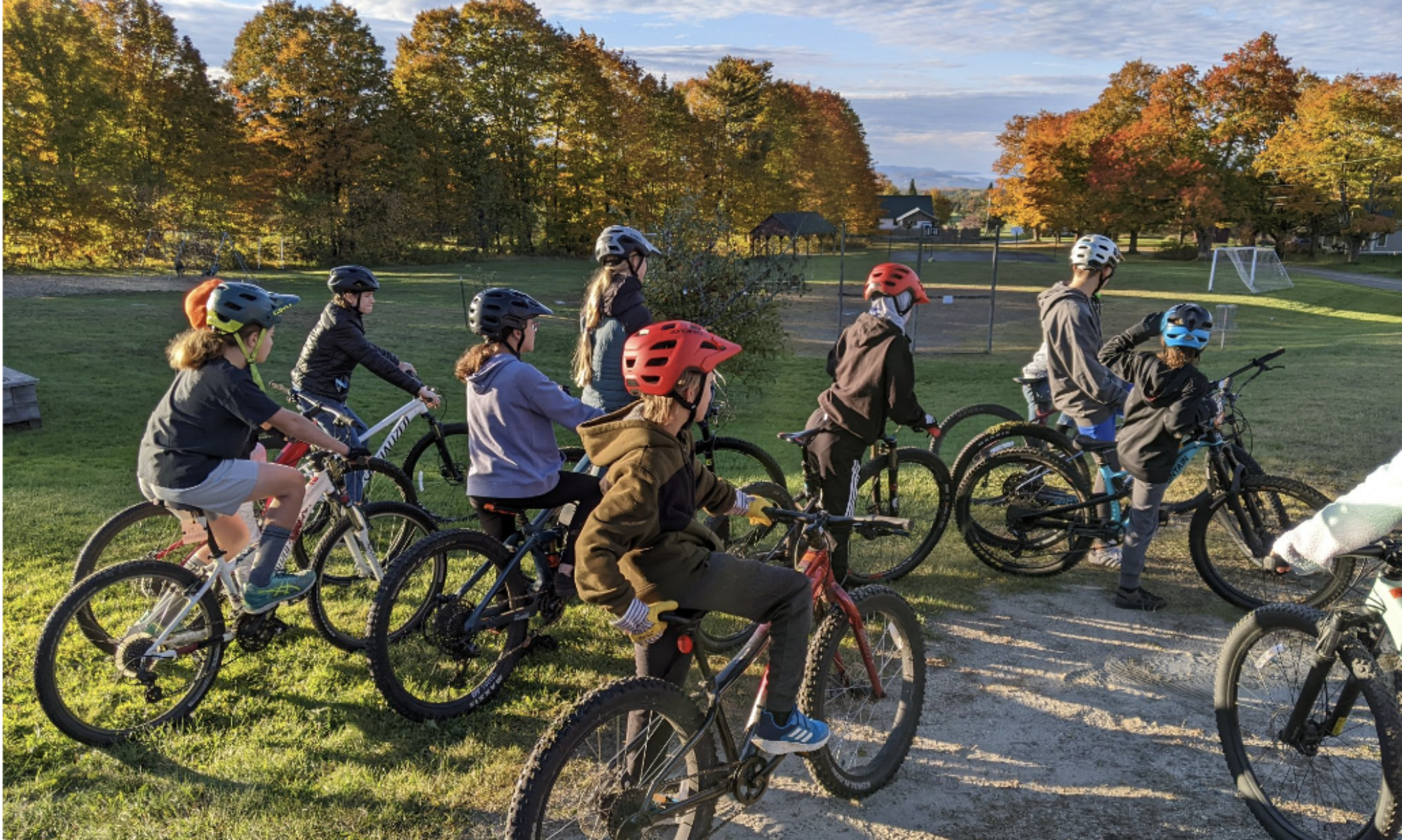

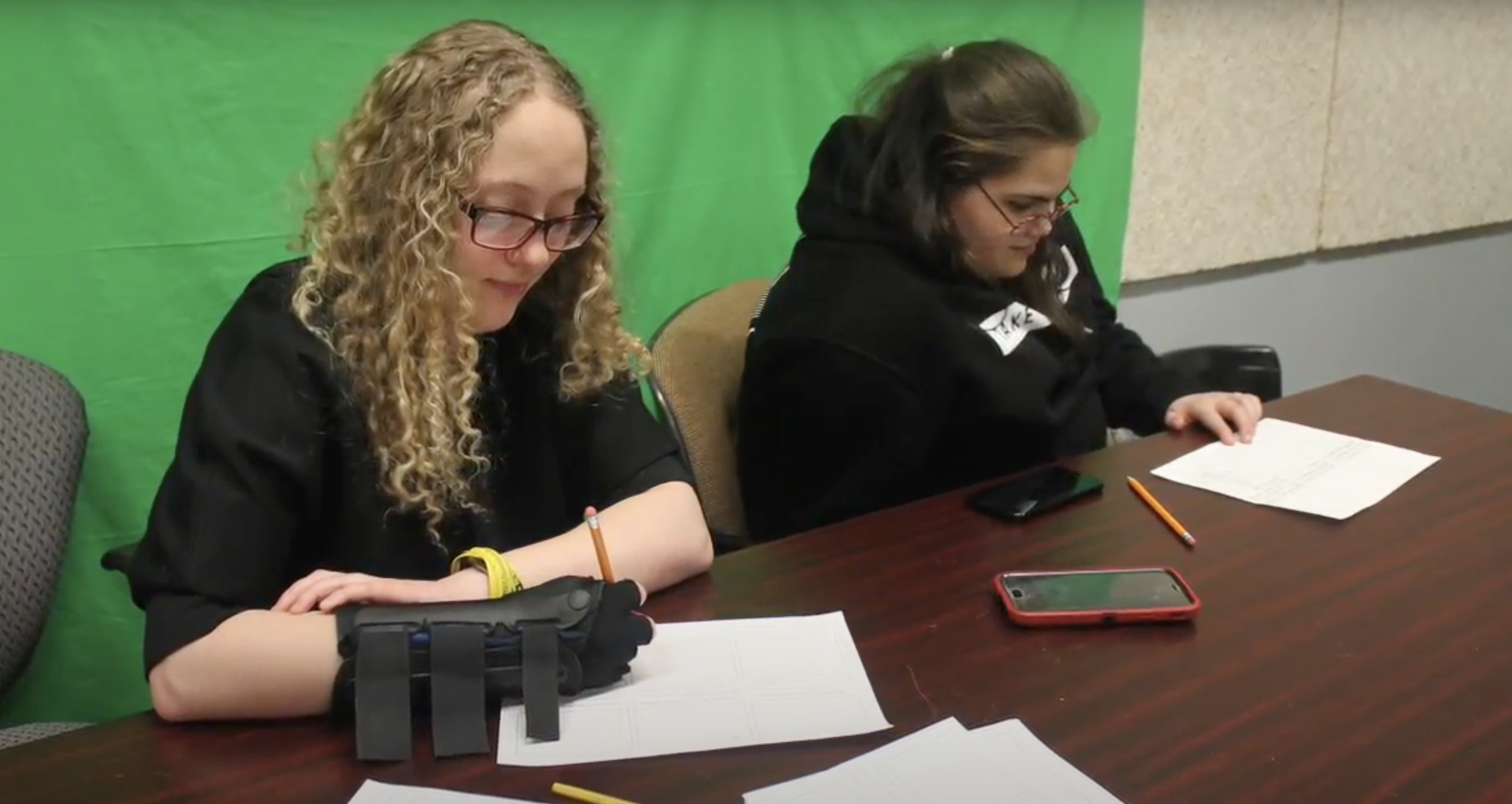
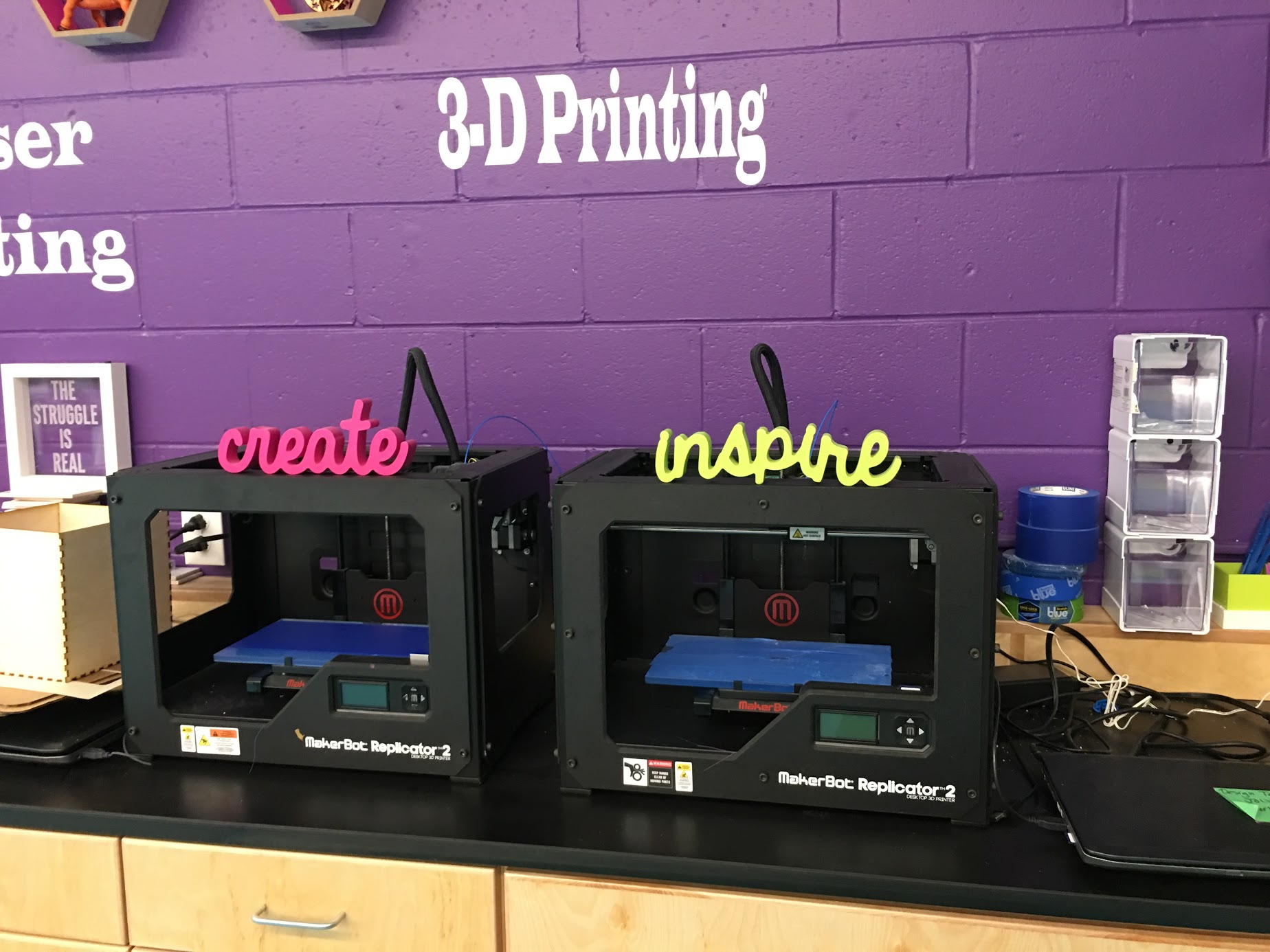
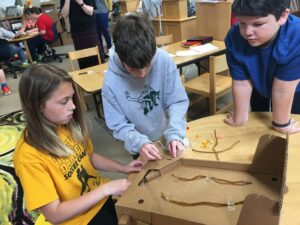

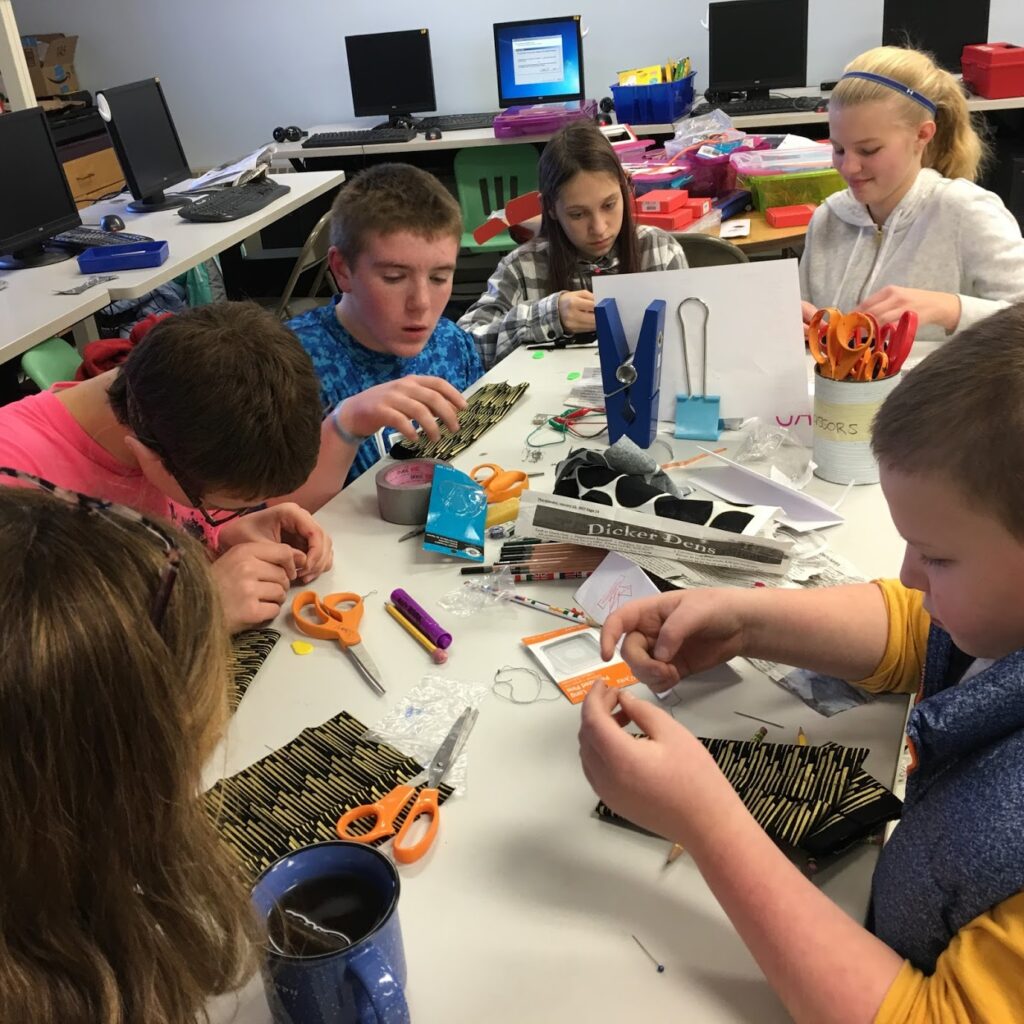
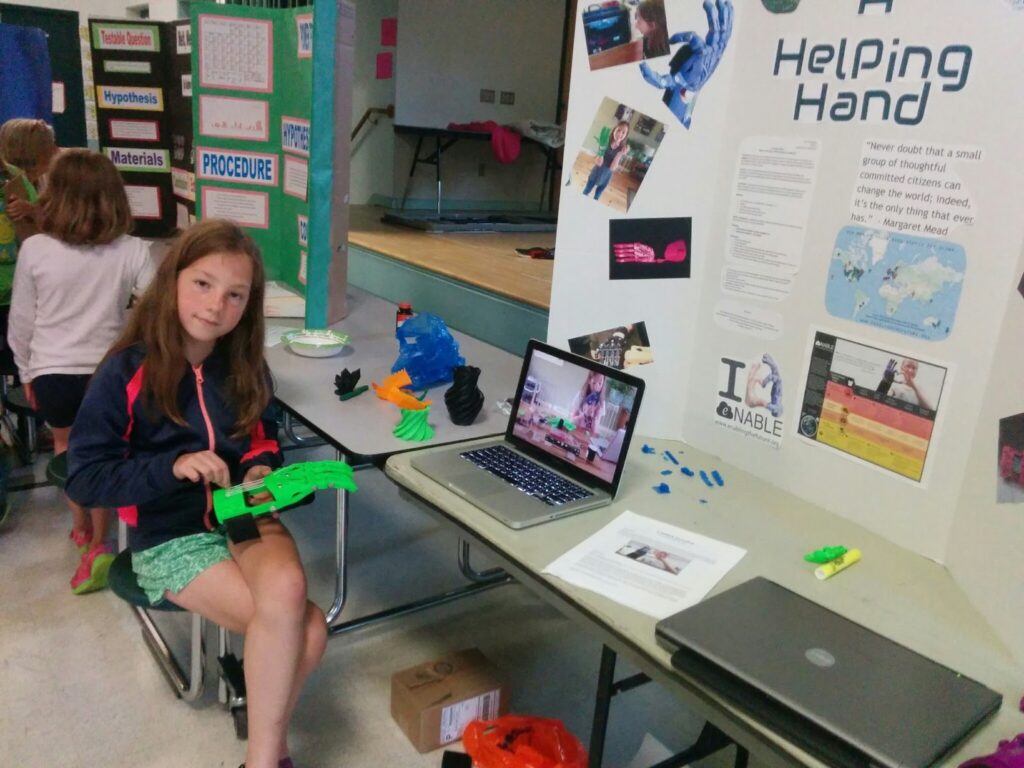
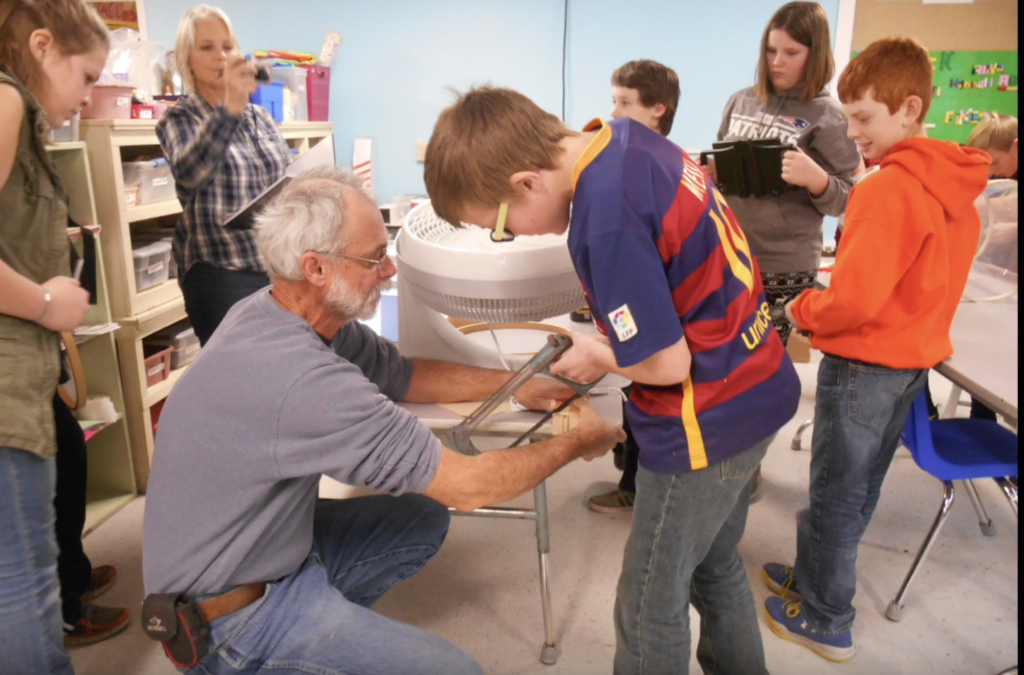
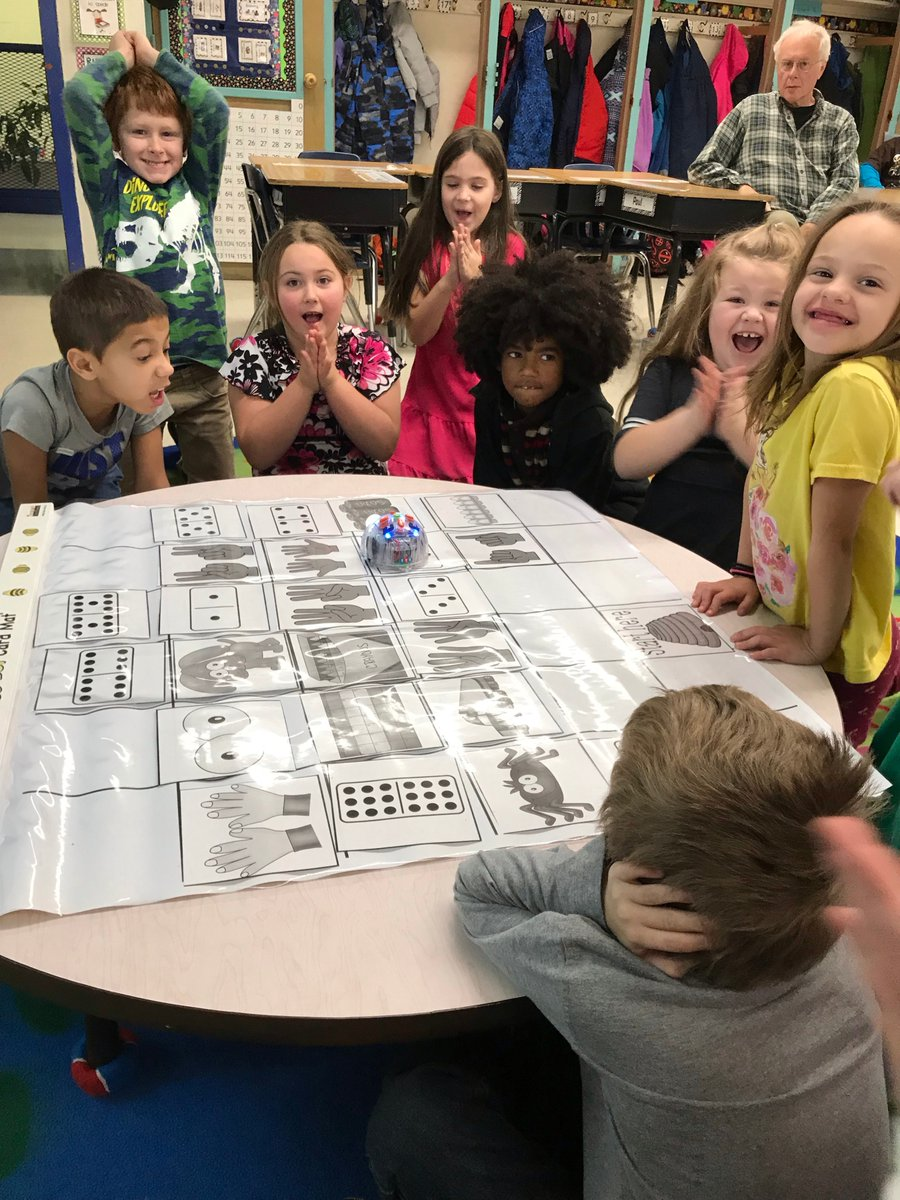
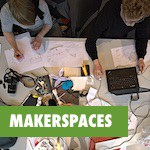 In this final post of our series on how maker-centered learning can help students develop transferable skills, we take a look at
In this final post of our series on how maker-centered learning can help students develop transferable skills, we take a look at 